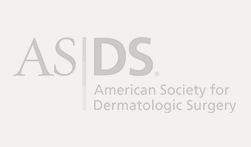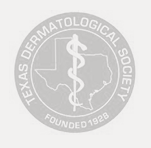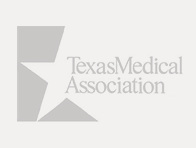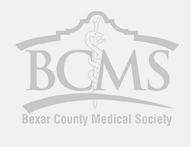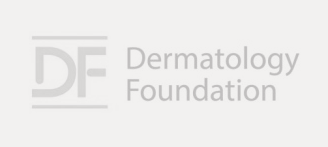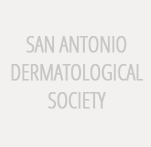Getting acne under control is possible. There are a multitude of treatments and therapies that can help give you a giant leap in the direction of clear skin.
- Laser Genesis for Acne
- Chemical Peels
- DiamondGlow Dermalinfusion for Acne
- Acne Facial/Extractions
- Corticosteroid Injections
- Blu-U Light Therapy
- AFT/IPL Photofacial
- Medications
About Acne
In the most basic of descriptions, acne is complex disease process involving pores, hair follicles, sebum (oil), dead skin cells, and bacteria (P. acnes). Plugs form when dead skin cells and sebum combine, preventing sebum from escaping along the path of the hair follicle. Bacteria feed on the trapped sebum causing localized infection and inflammation.
Add to this process, the many different types and qualities of skin, genetics, and multitude of hormonal issues, it becomes clear why acne is a complex disease, and why a combination of therapies and approaches are necessary to control and clear acne.
A combination of therapies may include one or more of the following: oral medications, topical medications, laser and light therapies, products, peels, facials/extractions, and diet changes.
Acne Facials / Extractions
“Don’t try this at home. Seriously, don’t.”

The process:
- Skin is properly cleansed
- Surface of plugged areas are softened with steam or products
- Chemical Peels may be included to destroy surface bacteria, remove dead skin cells, reduce inflammation
- Sterile instruments are used, such as comedone extractors, needles, blades
- Professional, experienced extractions and drainage when necessary are performed, with complete removal of the infected plug, without damage to surrounding tissue, and without spreading bacteria to surrounding areas or between layers of skin
- Patients are placed under the Blu-U device, a broadband blue light device to further destroy P. acnes bacteria and calm inflammation
- Products directed to normalize skin’s behavior, and products with antibiotic, antiseptic, and inflammatory properties are used and recommended
- Acne prevention, treatment options and protocols are recommended and reviewed
- If prescriptions are necessary, an appointment will be scheduled with Dr. Stocker
CORTICOSTEROID INJECTIONS
(Cortisone shots, steroid shots, cyst injections)
Performed by our doctor or nurse, intralesional corticosteroid injections can quickly reduce the inflammation and pain of a nodule or cyst.
However, injections are not completely straightforward. Knowing how much of the corticosteroid to use, how much dilution is needed, and which cysts/ nodules would be better off drained and/or injected, are essential.
A few caveats:
- Too much product, or an inappropriate concentration/dilution of the product, can leave a divot or discoloration. Generally, the indentation or discoloration is temporary, resolving on its own, with time. A rare occurrence, but a possibility nonetheless, is a permanent depression, skin atrophy, a scar. To minimize the risks: experienced injector recommended.
- CORTICOSTEROID INJECTIONS are for skin emergencies. These injections reduce inflammation of the cyst – the swelling, redness, and pain. Corticosteroids do not have antibiotic properties; they cannot destroy bacteria, namely P. acnes bacteria. Other treatments, products or medications may be recommended if nodules or cysts are cyclic and/or constant, and to target and destroy P. acnes bacteria.
- Results are not instant. It takes between 12-48 hours for the corticosteroid to “work it’s magic.”
Acne Medications
There are many different oral and topical acne medications. A “one-fits-all” medication does not exist to treat acne, as there is not a singular causal factor for acne. Generally, a combination of medications and therapies are necessary to clear and control acne.
An appointment with the doctor is required for any prescriptions, oral or topical.
Oral Acne Medication
Oral medications generally are prescribed for moderate to severe acne.
Antibiotics are formulated to target the bacterial cause of infection, in the case of acne, P. acnes bacteria, preventing its proliferation, and reducing skin inflammation. Oral antibiotics are selectively prescribed to reduce risks of bacterial resistance to antibiotics.
Other common oral medications include oral isotretinoin (aka. Accutane), spironolactone and oral contraceptives.
Isotretinoin
Isotretinoin is one of the most effective treatments for severe acne, moderate forms of acne that are unresponsive to other treatments, and some forms of rosacea and folliculitis.
Isotretinoin requires close monitoring with monthly follow-up appointments.
WATCH: Isotretinoin (Accutane) + iPleadge Program Explained
Topical Medications
Lotions, potions, gels, creams, masks, and washes. Available in-office, over-the-counter, and by prescription.
Common active ingredients for topical acne medications:
benzoyl peroxide, salicylic acid, sulphur, resorcinol, retinoic acid, azelaic acid, nicotinamide, antibiotics. These ingredients serve different functions, such as to exfoliate dead cells, to unplug pores, to reduce inflammation, to reduce oil production, to destroy P. acnes bacteria, etc.
Acne can be controlled and cleared. Your attention to recommendations and compliance with product use is the MOST IMPORTANT factor in clearing your acne.
Read more about acne on our blog.




